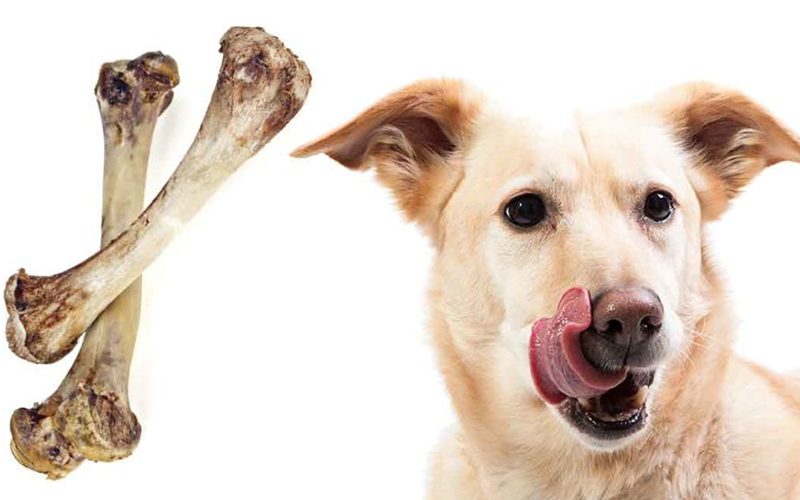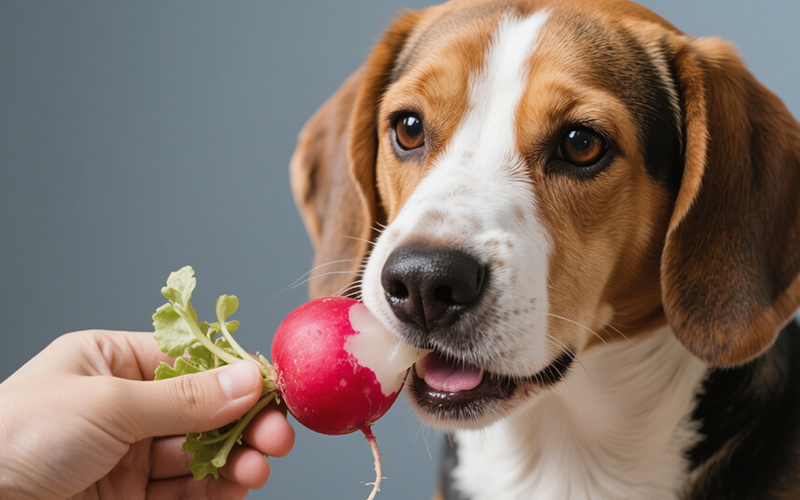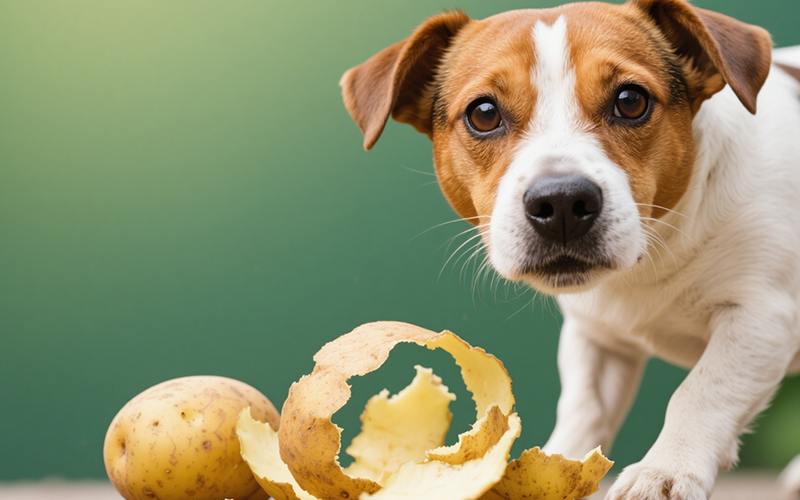Can Dogs Eat Chicken Bones? Understanding the Risks and Safe Alternatives
- 28 Feb 2025 09:33
As a dog owner, you may have wondered if it’s safe to give your dog chicken bones. After all, bones are often associated with being a natural treat for dogs. However, when it comes to chicken bones, there are significant concerns that every dog owner should be aware of. In this article, we’ll explore whether dogs can eat chicken bones, the potential dangers involved, and how to safely offer bones to your dog.

Why Are Chicken Bones Dangerous for Dogs?
While dogs naturally chew on bones in the wild, chicken bones are not safe for dogs—especially when cooked. Here’s why:
Splintering Hazard: Chicken bones, particularly cooked ones, can splinter into sharp shards when chewed. These sharp pieces can cause serious injuries to your dog’s mouth, throat, esophagus, stomach, or intestines. If the bone splinters or breaks into smaller pieces, they can cause internal punctures or blockages, which may require immediate veterinary attention.
Choking Risk: The small size of chicken bones, combined with their tendency to splinter, poses a choking hazard. If a dog swallows a bone fragment without chewing it properly, it can get lodged in their throat and cause choking. This can obstruct their airway and become a life-threatening emergency.
Intestinal Blockages: If a dog swallows large pieces of chicken bone, they may become lodged in the intestines. An intestinal blockage can lead to painful symptoms such as vomiting, loss of appetite, and lethargy. This condition often requires surgical intervention to remove the obstruction.
Bone Fragments Can Cause Tears: When ingested, sharp bone fragments can tear through the lining of the dog’s digestive tract, leading to internal bleeding, peritonitis (inflammation of the abdominal cavity), or even life-threatening infections. This risk is more pronounced if the dog consumes a large number of bones or sharp fragments at once.
Digestive Issues: Even if a dog avoids choking or internal injury, chicken bones can be difficult for dogs to digest. Bone fragments can irritate the stomach lining, causing vomiting or diarrhea. In severe cases, consuming large quantities of bones can cause constipation due to the bone fragments passing through the gastrointestinal tract without being properly broken down.
What About Raw Chicken Bones?
Raw chicken bones are somewhat less dangerous than cooked bones but still come with their own risks. The primary concern with raw chicken bones is the possibility of bacterial contamination, including Salmonella or Campylobacter. These bacteria can cause gastrointestinal upset, including vomiting, diarrhea, and stomach cramps in both dogs and humans.
That being said, some raw feeding proponents believe that feeding raw bones (including chicken bones) is safer because they are less likely to splinter than cooked bones. However, it’s still essential to exercise caution and only provide raw bones under careful supervision. Additionally, not all dogs are suited for raw diets, and introducing raw bones to a dog with a sensitive stomach or compromised immune system could lead to additional health issues.
Signs Your Dog May Have Ingested a Chicken Bone
If your dog has eaten a chicken bone, it's important to watch for signs of distress. Symptoms of an issue from eating chicken bones include:
Choking: Coughing, gagging, drooling, or struggling to breathe
Abdominal Pain: Signs of discomfort, bloating, or refusal to eat
Vomiting: Repeated vomiting after ingesting the bone
Diarrhea or Constipation: Trouble passing stool or painful defecation
Lethargy: A sudden drop in energy or willingness to play
Blood in Stool or Vomit: This could indicate internal injury
If you notice any of these symptoms, contact your veterinarian immediately. If your dog is choking, it’s essential to take immediate action and either perform the Heimlich maneuver or seek emergency veterinary care.
Safe Alternatives to Chicken Bones for Dogs
While it’s clear that chicken bones are dangerous, there are many other safe alternatives to provide your dog with satisfying chewing experiences. Here are some safer options:
Raw Meaty Bones: If you want to give your dog bones, raw meaty bones such as beef or lamb bones are a safer option. These bones are less likely to splinter compared to chicken bones. However, they still should be given under supervision, and they should be large enough that your dog cannot swallow them whole.
Bones from Your Butcher: Speak with your local butcher about getting large, uncooked bones that are appropriate for dogs. These are typically larger than the small chicken bones that pose a choking risk and may be easier for dogs to chew safely.
Synthetic Chew Toys: There are plenty of chew toys on the market made of durable materials like rubber, nylon, or even edible options designed to withstand heavy chewing. These provide a safe alternative to real bones and help keep your dog entertained while satisfying their natural chewing instincts.
Dental Chews: Many dental chews are designed to promote oral health while satisfying your dog’s desire to chew. They come in various shapes and sizes, and some are specifically formulated to clean your dog’s teeth and freshen their breath.
Carrots or Sweet Potatoes: Some dog owners offer raw vegetables like carrots or sweet potatoes as a crunchy treat. These are safe for most dogs to chew on and can be a healthy snack option that satisfies their need to gnaw.
What to Do if Your Dog Eats a Chicken Bone
If your dog accidentally eats a chicken bone, follow these steps:
Monitor Your Dog Closely: Watch for signs of distress, such as vomiting, diarrhea, choking, or abdominal pain.
Do Not Induce Vomiting: Unless instructed by a veterinarian, avoid trying to make your dog vomit. Vomiting could cause the sharp bone fragments to tear the esophagus or windpipe, causing further harm.
Consult Your Veterinarian: If your dog has swallowed a chicken bone, it’s always best to consult your veterinarian, especially if you notice any signs of discomfort or distress. Your vet may perform an examination or recommend an X-ray to check for any bone fragments in the stomach or intestines.
Emergency Care: In case your dog shows signs of choking or difficulty breathing, take them to the emergency vet immediately. Choking can be fatal if not addressed quickly.
Conclusion: Can Dogs Eat Chicken Bones?
No, dogs should not eat chicken bones. Cooked chicken bones are particularly dangerous because they can splinter and cause choking, internal injury, or digestive issues. Raw chicken bones pose a risk due to bacterial contamination, though they are generally less dangerous than cooked bones. It’s important to avoid giving your dog chicken bones altogether and opt for safer alternatives such as raw meaty bones, dental chews, or safe chew toys.
For pet owners who want more guidance on safe feeding practices and healthy alternatives, consider using PettureX, an AI-powered pet health assistant. PettureX offers 24/7 consultations and personalized advice on pet nutrition, helping you make the best decisions for your dog’s health and safety. With PettureX, you’ll have peace of mind knowing you’re providing your pet with the care they deserve.
Related

Radish Bites for Your Buddy? A Vet-Reviewed Guide on Whether Dogs Can Eat Radishes
- 22 Apr 2025
Potato Peels for Pooches? Unpeeling the Risks and Facts for Dog Owners
- 22 Apr 2025
Crunchy Curiosity: Can Dogs Safely Snack on Pork Rinds? A Deep Dive
- 21 Apr 2025
Pomegranate Seeds and Pooches: A Deep Dive into Whether Dogs Can Safely Indulge
- 21 Apr 2025
Can Dogs Eat Peaches? Vet Explains Benefits, Cyanide Risks & Safe Serving
- 16 Apr 2025
Can Dogs Eat Mulberries? Vet Explains Safety, Benefits & Potential Risks
- 16 Apr 2025
Can Dogs Eat Mozzarella? Vet Explains the Cheesy Truth (Risks & Benefits)
- 16 Apr 2025
Can Dogs Eat Maple Syrup? The Sugary Truth & Why Vets Advise Against It
- 16 Apr 2025
Can Dogs Eat Mango Skin? Vet Explains Why It's a Risky Chew!
- 16 Apr 2025
Can Dogs Eat Mac n Cheese? Vet Explains Why This Comfort Food Is Unsafe!
- 16 Apr 2025
